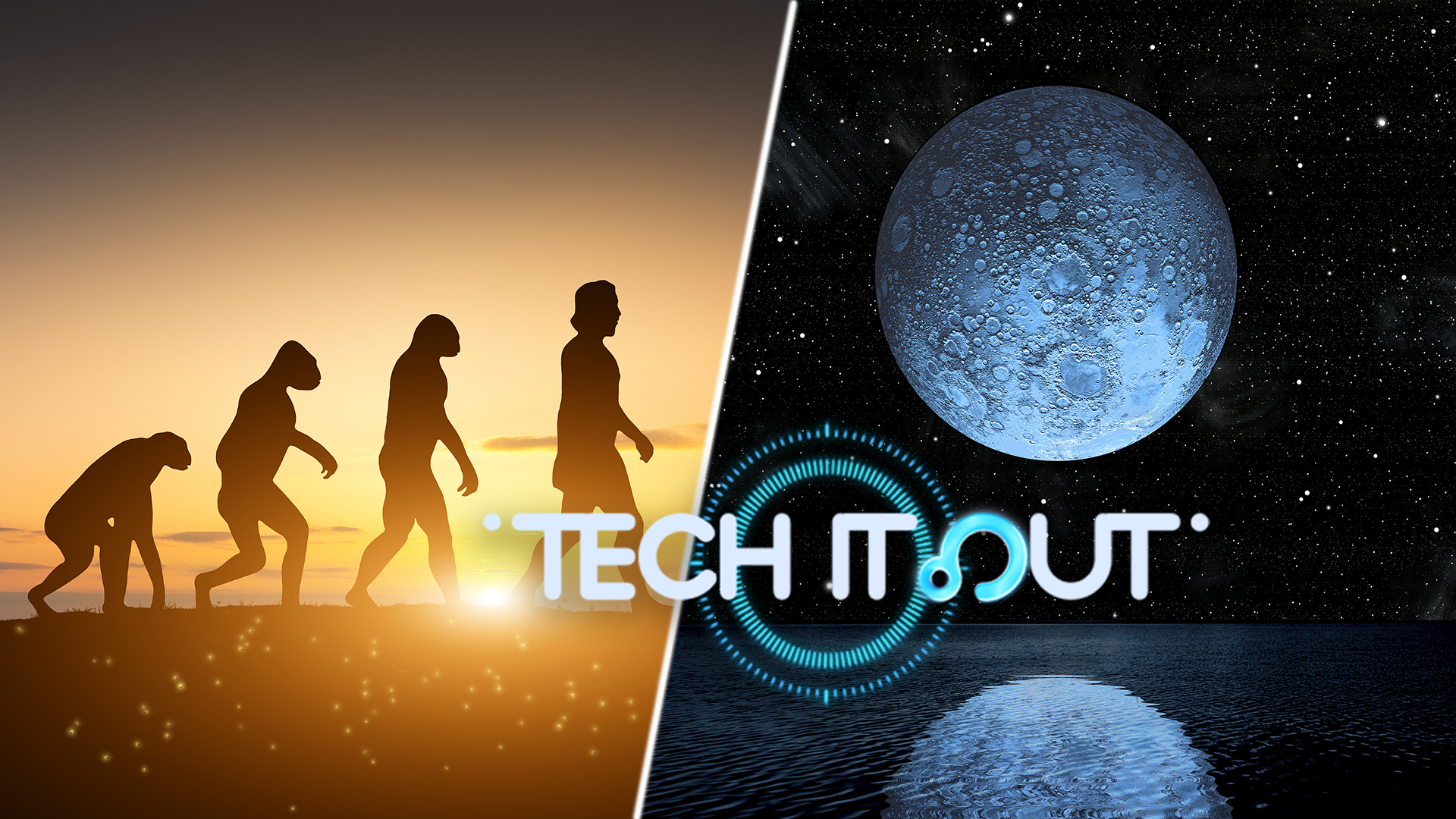03:41

In this week's Science Saturday, we look at science news ranging from space exploration to ancient proteins.
Space exploration
Researchers in China have discovered that tiny glass beads strewn across the moon's surface contain water. The beads, which measure less than a millimeter, are formed when meteoroids that slam into the moon send up showers of molten droplets. These then solidify and become mixed into the moon dust. Tests on the glass particles revealed that together they contain substantial quantities of water.
The material showed the water diffuses in and out of the beads in the time frame of a few years, confirming an active water cycle on the moon. The discovery is thought to be one of the most important breakthroughs yet on the moon. It means there could be a highly accessible source of not only water, but also hydrogen and oxygen.
Purifying water
Researchers in Sweden have come up with a new way to purify contaminated water using cellulose-based materials. This breakthrough could have a significant impact in areas where water treatment technologies are inadequate. Cellulose nano-crystals are the key. These tiny nano-particles have an outstanding adsorption capacity, which the researchers have now found a way to utilize. The treatment requires neither pressure nor heat and uses sunlight to catalyze the process. When the polluted water passes through the filter with cellulose powder, the pollutants are adsorbed. The sunlight entering the treatment system causes them to break down quickly and efficiently. Laboratory tests have shown that at least 80 percent of the dye pollutants are removed.
Origin of life
Researchers have used laboratory simulations to recreate the conditions of early Earth. They have discovered that the evolution of ancient proteins into all forms of life on the planet, including plants, animals and humans, would not have been possible without specific amino acids. Amino acids are a set of organic compounds used to build proteins. There are about 500 of them. Scientists estimate Earth is 4.6 billion years old. But DNA, proteins and other molecules didn't begin to form simple organisms until 3.8 billion years ago. The new research offers new clues into the mystery of what happened during the time in between.
Bio-hybrid neural implant
Researchers have developed a new type of neural implant that could restore limb function to amputees and those who have lost the use of their arms or legs. In a study carried out in rats, researchers from the University of Cambridge used the device to improve the connection between the brain and paralyzed limbs. The device combines flexible electronics and human stem cells which are the body's "reprogrammable" master cells to better integrate with the nerve and drive limb function. By combining cell therapy and bio-electronics into a single device, they can overcome the shortcomings of both approaches, improving functionality and sensitivity. The researchers are now working to further optimize the devices and improve their scalability.